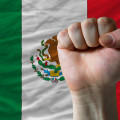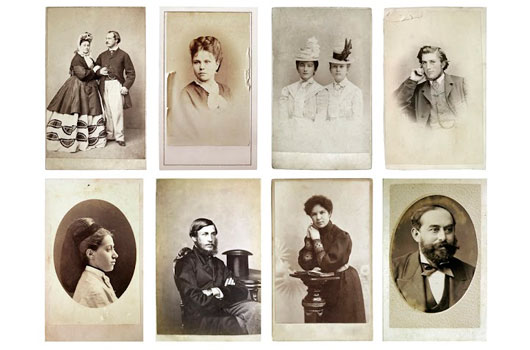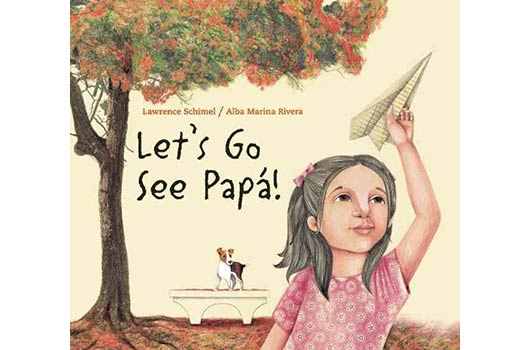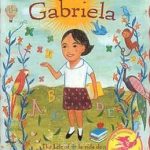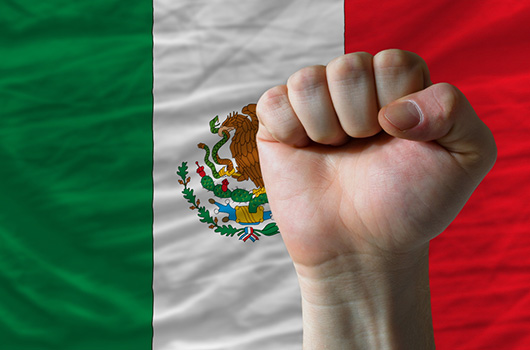
[Mamiverse’s Bilingual Plus is an online channel devoted to bringing parents and educators the bilingual learning tools they need in the form of digital picture books, sing-alongs, and free curriculum-based family activities.]
Hispanic Heritage Month is the perfect time to jumpstart your child’s education on Latin America. While the contents of this article are written for homeschooling familias, parents with children in a public or private school will find this a useful after-school or weekend project.Here, then, is a brief description about the month-long celebration—and 10 ways to explore a country from the comfort of your very own home.
The observation started in 1968 as Hispanic Heritage Week under President Lyndon B. Johnson and was expanded by President Ronald Reagan 20 years later. Now each year, from September 15th through October 15th, our country recognizes the contributions of Hispanic Americans to the United States, and celebrates Hispanic heritage and culture.
During this month, eight Latin American countries celebrate their independence days:
- September 15—Costa Rica, El Salvador, Guatemala, Honduras, and Nicaragua
- September 16—Mexico
- September 18—Chile
- September 21—Belize
If you’ve been looking for ways to supplement your child’s education, this a great opportunity to explore the cultures and countries of Latin America. A culture study can really cover most subjects in your curriculum: geography, social studies, language, art, writing, science, math, reading, and more.
Here, then, are 10 ways to explore a country on your own.
1. GEOGRAPHY
Pick your Latin American country then find it on a map. Ask your child to name the continent that it is found on and the closest ocean. Discuss hemispheres and distinct geographical features, such as: mountains, deserts, rain forests, coastline, peninsulas, lakes, waterfalls, etc. For example, Chile has a fascinating geography that ranges from the volcanic peaks of the Andes, to the archipelagoes along the southern coast, to the driest desert in the world.
Ask: How large is this country? What shape is it? How close to the equator is it? What type of seasons does it have (dry/wet, winter/summer)?
Color: A map of the country.
2. ZOOLOGY
Nothing makes a country come alive for a child like the animals that live there! Costa Rica is one of the most biodiverse countries in the world with over 36,000 species of birds, mammals, and insects. Encourage your child to create their own poster, flash cards, or field guide. Have them label their animals with both their English and Spanish names, and don’t forget a picture! Kids can either draw an image of the animal on their own, or cut out pictures from magazines like National Geographic. Or you can print your own. Take a look at Enchanted Learning’s animal printouts.
If your child is creating their own field guide, ask them to list a few facts about the animal, such as: classification, habitat, diet, courtship rituals, nesting habits, and anything else you want.
If your child is still too young to write, you could have your children create puppets and tell stories about them.
3. LITERATURE
Check your local library for stories about the country, or tales that were written for children from that country. Or take a look at the International Children’s Digital Library, an awesome online resource for children’s literature from around the world.
Read Related: Heroes & Great Books to Help Kids Celebrate Hispanic Heritage Month
4. NOTABLE FIGURES
Research and compile a list of important artists, inventors, politicians, musicians, scientists, etc. Cuba’s list of famous—and infamous—people is endless! From Celia Cruz to José Martí, the country has produced many important figures who have had an affect both inside and outside of their country.
Print/Color: A picture of the famous person. Have your student write the person’s name on the paper, maybe show an example of their work. Older kids can write up a brief biography on each person.
5. TRADITIONS
The customs and traditions of a country are quite possibly the most fascinating part of a study. Children are often most interested in the traditional costumes, or the way people dress. My children love the gaucho clothing from Argentina.
Draw: Do a little investigating and find pictures of local people and have your child draw them in their native dress.
6. HOLIDAYS
Holidays can tell a lot about the people who observe them. Is the holiday religious in nature? If so, what is the dominant religion? How do people celebrate a specific holiday? Mexico has a fantastic number of holidays including Día de los reyes, Día de los muertos, and many others that children will enjoy exploring. Do they wear special clothes? Eat certain dishes? Create unique artwork or other crafts?
Create: Local crafts that are typically associated with a given holiday.
7. CUISINE
Food is the best part! Scour the Internet or your local library for traditional dishes, then pick one or two and make them with your child’s help. Make it a special occasion by decorating your dining room with symbols of your chosen country. I never knew that Colombia had so many extraordinary dishes until I stumbled upon MyColombianRecipes.com. I’m now a faithful follower.
8. STATISTICS
Encourage your student to create a mini-book with simple data such as: What is the capital city? What is the national language? What type of currency do they use? What does their flag look like? What is their main export? Did you know, for example, that the quetzal is the official currency of Guatemala and both the banknotes and the coins are decorated with images of the country’s indigenous history?
Color: The country’s flag. Crayola and Enchanted Learning have good collections of coloring pages of Latin American flags.
9. VIDEOS
There are many online resources for videos on any of the topics mentioned above. You can find generic videos on the country itself, or narrow it down to a specific subject, like a famous person, nature series, or geographical feature. Some of my favorite sites are: PBS, YouTube, TeachersDiscovery, and TeacherTube. We love the Nature series that comes on PBS and have especially enjoyed their videos on the Andes.
10. FIELD TRIPS
Contact your local museums to find out if they have any exhibits related to your country. The country’s embassy usually has a website that sometimes offers informational downloads or kits for students. And don’t forget local universities may also have international teachers or students who would be willing to sit and talk about their country over lunch or dinner. You might have your child think up some interview questions beforehand, and take along your flip camera to record the meeting.
Happy Hispanic Heritage Month!

